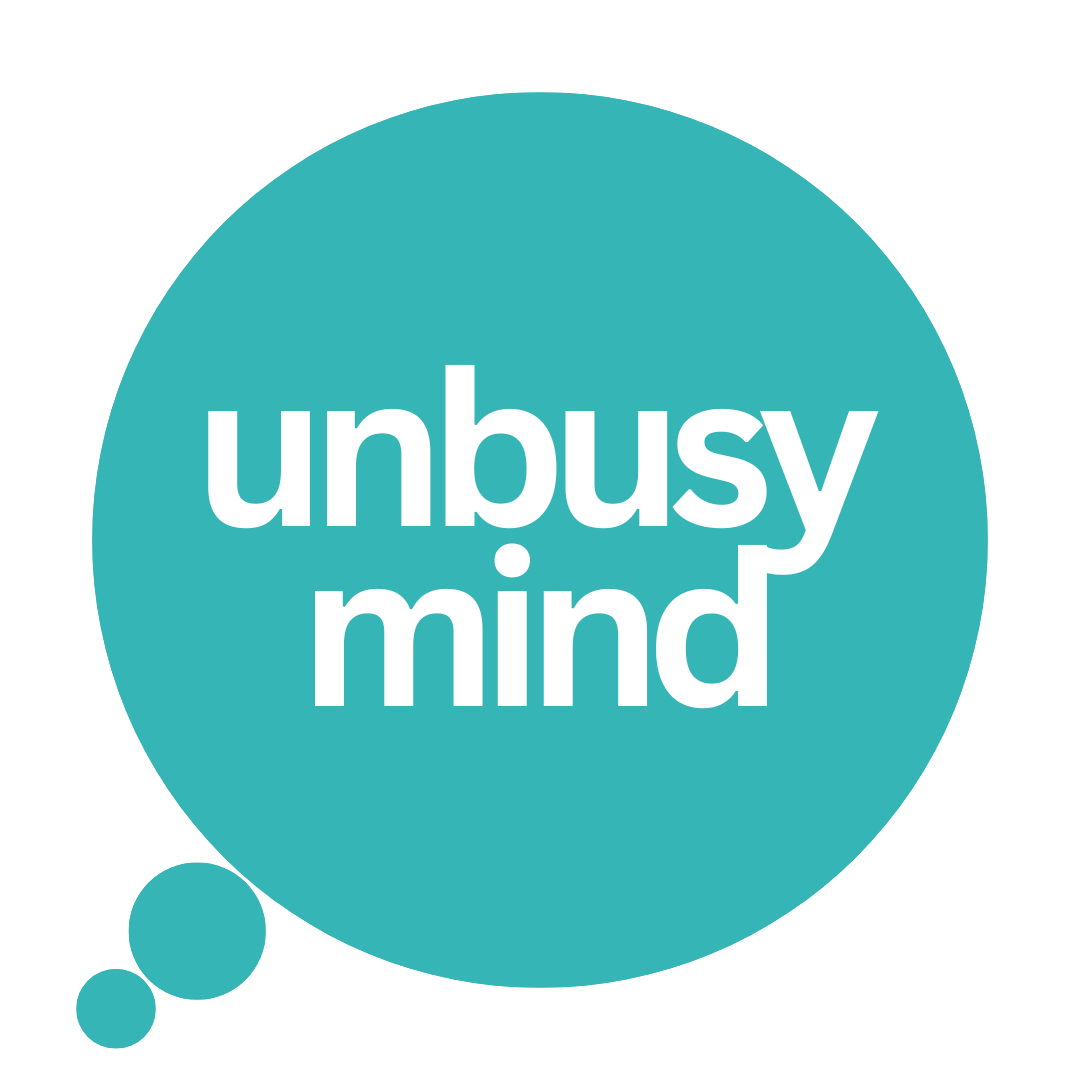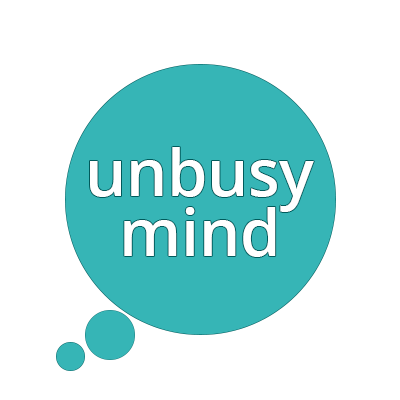
16 Oct Mindfulness for Anxiety: Techniques to Overcome Stress
Anxiety. It’s something that creeps in when we least expect it, making our hearts race and our minds spiral. And if you’re here reading this, you’ve probably experienced its tight grip, just like the rest of us. But guess what? You’re not alone. Millions around the world share the same struggles and fears. It’s an unfortunate reality, but the good news? Mindfulness practices can be your ally, helping you reduce that nagging anxiety and bring some peace to your life.
In this article, we’ll dive into how mindfulness therapy can tackle anxiety head-on and introduce powerful techniques you can use right away to manage it. We’ll cover everything from grounding exercises to the best mindfulness apps. Ready? Let’s embark on this journey to regain control.
What Is Mindfulness for Anxiety?
The Power of Mindfulness
So, what exactly is mindfulness? Picture this: You’re standing in a storm, wind howling, rain pouring, but you’re calm, grounded, and aware. That’s mindfulness in action. It’s all about staying present in the moment without judgment. Instead of getting swept away by anxious thoughts, mindfulness helps us observe them with compassion and distance, letting the storm pass without getting caught in it.
When we apply mindfulness to anxiety, we allow ourselves to acknowledge that anxiety exists, but we no longer let it define us. It becomes just another thought or feeling, not something that takes control.
Why Is Mindfulness Important for Managing Anxiety?
Anxiety often pushes us into overdrive, both mentally and physically. Our nervous system gets stuck in fight-or-flight mode, and we begin to operate out of fear. Mindfulness breaks that cycle. When you practice mindfulness, you’re teaching your body and mind to slow down, observe, and respond with intention rather than panic.
Mindfulness Therapy for Managing Anxiety
How Mindfulness Therapy Works
Many people who suffer from anxiety have found ways to free themselves from its grip. But how? The key lies in a combination of mindfulness and acceptance. By accepting anxious thoughts without trying to suppress or eliminate them, you stop giving anxiety the power to control your life.
Here’s what mindfulness therapy encourages you to do:
- Stop trying to “fix” anxiety: Let anxiety be, without feeling the need to act on it.
- Practice compassion: Be kind to yourself, even during moments of high anxiety.
- Shift your perspective: See anxiety as a sensation, not something that defines you.
Over time, mindfulness allows you to become less reactive to anxious thoughts and feelings, giving you the freedom to live a more meaningful life.
Psychological Flexibility
Mindfulness isn’t just about calming down in the moment; it’s about building psychological flexibility. This means developing the ability to shift your attention away from anxious sensations and refocusing on the present. In doing so, mindfulness therapy helps you become more adaptive in stressful situations, leading to better mental health.
Effective Mindfulness Techniques for Anxiety
1. The Mindful Pause
One of the simplest and most effective techniques is the mindful pause. The idea here is to introduce a small gap between a stimulus (something that triggers anxiety) and your reaction. In this pause, you can regain control, choosing how to respond rather than reacting out of fear.
2. The Witness State
Another key mindfulness technique is adopting the witness state. This means stepping back mentally and observing your thoughts and emotions as if you were an outsider. You’re not your anxiety; you’re just watching it pass by like clouds in the sky.
3. Acceptance and Commitment Therapy (ACT)
ACT combines mindfulness with action. Here’s how it breaks down:
- Accept the anxiety without judgment.
- Choose your values and goals.
- Take action toward those goals, even in the presence of anxiety.
This approach helps you move forward in life despite the anxiety, rather than waiting for it to go away before living fully.
Changing the Relationship with Anxiety
The Struggle with Anxiety
When we fight against anxiety, we often make it worse. This struggle activates the sympathetic nervous system, making us feel on high alert, stressed, and trapped in a cycle of worry.
Breaking the Cycle
Mindfulness therapy aims to change your relationship with anxiety. Instead of engaging in unhelpful behaviors like trying to argue with anxious thoughts, mindfulness encourages more effective strategies:
- Helpful thinking: Rather than reassuring yourself with “It won’t happen,” accept the possibility and move forward.
- Self-compassion: Treat yourself kindly, understanding that anxiety is a part of life.
Mindfulness Exercises to Try in Your Sessions
1. Grounding Techniques
Grounding exercises help you stay present and calm, especially during anxious moments. Here are some grounding tools you can try:
- Mental techniques: Focus on something concrete, like counting the objects around you or reciting a mantra.
- Physical techniques: Use your senses to ground yourself, like feeling the texture of a surface or listening to soothing sounds.
Grounding doesn’t aim to solve the anxiety but helps you create space between yourself and your anxious feelings, allowing them to pass more freely.
2. Breathing Techniques
Breathing is one of the most powerful tools you have for managing anxiety. Here are a few methods to practice:
- Square Breathing: Breathe in for four counts, hold for four counts, breathe out for four counts, and repeat.
- Triangle Breathing: A variation where you inhale, hold, and exhale with a three-part rhythm.
- Breath Awareness: Simply focus on your breath, feeling the rise and fall of your chest without trying to control it.
These exercises can be used anytime to quickly regain control during anxious moments.
Best Mindfulness Meditation Scripts
1. Five Senses Meditation
This meditation guides you through each of your five senses, grounding you in the present moment. It’s particularly useful for children or adults who need a quick way to calm their minds.
2. Raisin Meditation
In this classic mindfulness exercise, participants focus on the texture, taste, and smell of a raisin. By paying close attention to something as simple as a piece of food, you can bring yourself back to the present and quiet your anxious thoughts.
Workbooks and Worksheets for Mindfulness
1. FLARE for Anxiety and Fear
This worksheet helps clients accept their anxiety rather than fight it. It’s designed to help you stay with anxious feelings without judgment or struggle.
2. The Documentary of You
This tool encourages you to view your life as a documentary, allowing you to observe yourself with compassion rather than harsh criticism.
Fascinating Books on Mindfulness and Anxiety
1. Biofeedback and Mindfulness in Everyday Life by Inna Khazan
This book explores how to control anxiety through biofeedback and mindfulness. It offers practical solutions for managing anxiety in real time.
2. The Mindfulness and Acceptance Workbook for Anxiety by John Forsyth and Georg Eifert
Using Acceptance and Commitment Therapy, this workbook provides a step-by-step guide to breaking free from anxiety and worry.
3. The Mindfulness Workbook for Anxiety by Tanya Peterson
This eight-week program offers practical methods for reducing anxiety, focusing on peace and well-being.
Mindfulness is a game-changer when it comes to managing anxiety. From breathing techniques to grounding exercises, mindfulness helps you break free from the cycle of fear and stress, allowing you to live a more balanced and fulfilling life. The key is to practice regularly and embrace the idea that anxiety doesn’t have to control you—it’s just a passing cloud in the sky.

